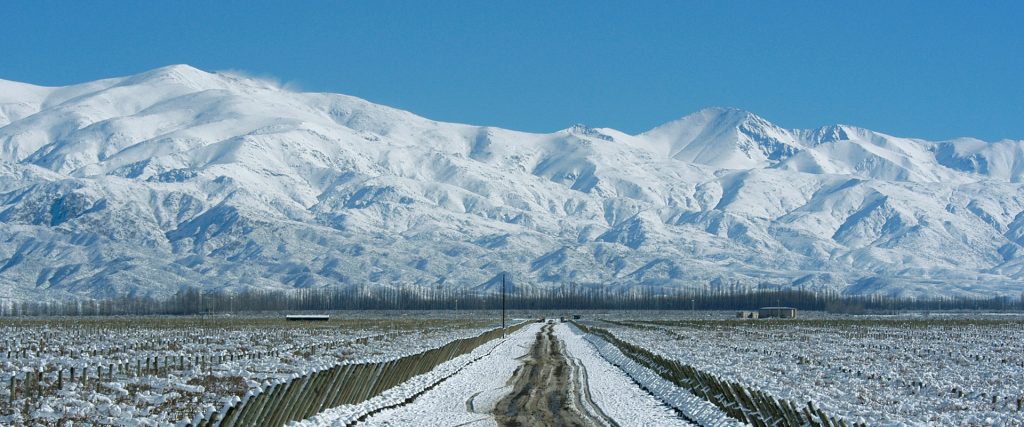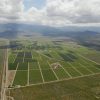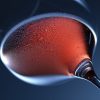Research into altitude, Geographic Indications to consolidate a sense of identity and sustainable management of water resources are all becoming increasingly common in an industry that is constantly fine-tuning. Practices like these are leading the innovations in Argentine wine today.
Things are happening in Argentine wine that aren’t apparent to the naked eye. Not because they’re invisible but because the scale and gradual speed at which they’re occurring mean that it takes time for one to properly appreciate them. Nonetheless, these innovations in argentine wine are changing the flavour and experience of Argentine wines for good.
These are some of the innovations in Argentine wine
In the terroirs, for instance. While making wines that express a sense of place is one of the corner stones of winemaking, first you need to get a good idea of what those places are really like and what their differences might be. It can take a long time, as much as 30 years, but now the results are tangible in the glass. This text explores these long-term processes in greater depth.
Exploring altitude
These days, you can’t talk about Argentine wine without mentioning the effect of altitude. Almost half of the wine made in the country comes from vineyards planted above 1000 metres above sea level. That may be a lot compared to the rest of the world but seems small beer here when winemakers are looking to go as high as 3000 masl in the case of NOA or above 2000 masl in Mendoza.
But before one climbs a mountain, it’s important to understand the effects of altitude. And that is where research resources are being concentrated right now. Managing vineyards at altitude requires a certain level of expertise: agricultural engineers such as Martín Kaiser and Marcelo Belmonte at their wineries Doña Paula and Peñaflor respectively are exploring every different aspect of growing grapes at altitude, from exposure to solar radiation to the leaf-fruit ratio.
Others are taking an even more scientific approach: research centres such as the Catena Institute of Wines, working in conjunction with U.C. Davis, are publishing papers on the subject.
Between these two extremes; the hands-on and the theoretical, a wide range of altitude-related styles is being developed by producers. Without this research and experimentation it would be impossible to know how vines react to the extreme conditions that exist at high altitude and how to apply that knowledge to the making of wine.
In-depth knowledge of GIs
Running parallel to research into the effects of altitude, a couple of other lines of winemaking research are worth noting. One of the most recent innovations in argentine wine is the breaking down of terroirs currently defined by political borders into smaller parcels defined by factors relevant to the production of wine. It sounds simple, but there’s a lot more to it than meets the eye.
Establishing Geographic Indications for wine requires a significant shift in thinking: the realization that traditional regions do not actually reflect the different wines being produced within them and that the boundaries must thus be re-drawn. There is a very good reason for this reorganization: it will allow us to use the knowledge we have today to make better wine.
Familia Zuccardi is perhaps the winery that has done the most research in this area and was instrumental in redefining the boundaries of the Uco Valley to create the GI Paraje Altamira. The process also led to the establishment of San Pablo, in which Bodega Tapiz and Salentein played a major role as the primary vineyard owners in the area. But they aren’t the only ones: wineries such as Terrazas de los Andes, Bodega Catena, Susana Balbo, Doña Paula and small producers represented by PIPA (Independent Producers of Paraje Altamira) are all redirecting their resources to achieve more precisely calibrated wines. More GIs are sure to come.
New water technologies
Key to all of this is savvy management of water. While many wineries are making an effort to reduce their water consumption; for instance Trivento has made sustainable use of water one of its primary policies, others are looking to improve their irrigation systems as much as possible. The GI of San Pablo is taking the lead in this regard.
In 2019 the first stage was set in motion: an irrigation system for the entire GI that channels and pressurizes water from the Arroyo Villegas, taking advantage of the natural slope of the area (currently about 500 hectares) to implement drip irrigation with no need for electric pumps. The investment was financed by the World Bank and promises a profound change in water management and a leap forward in energy efficiency. It is the first project of its kind in Argentina, but it won’t be the last.



